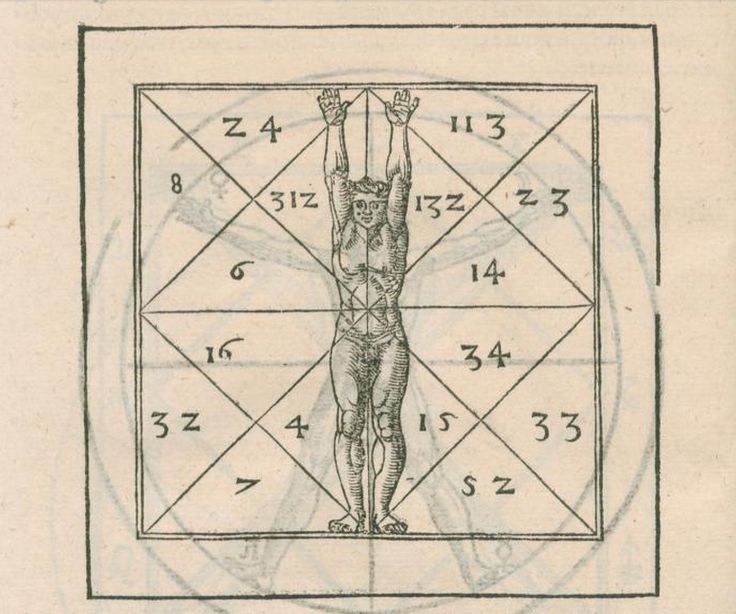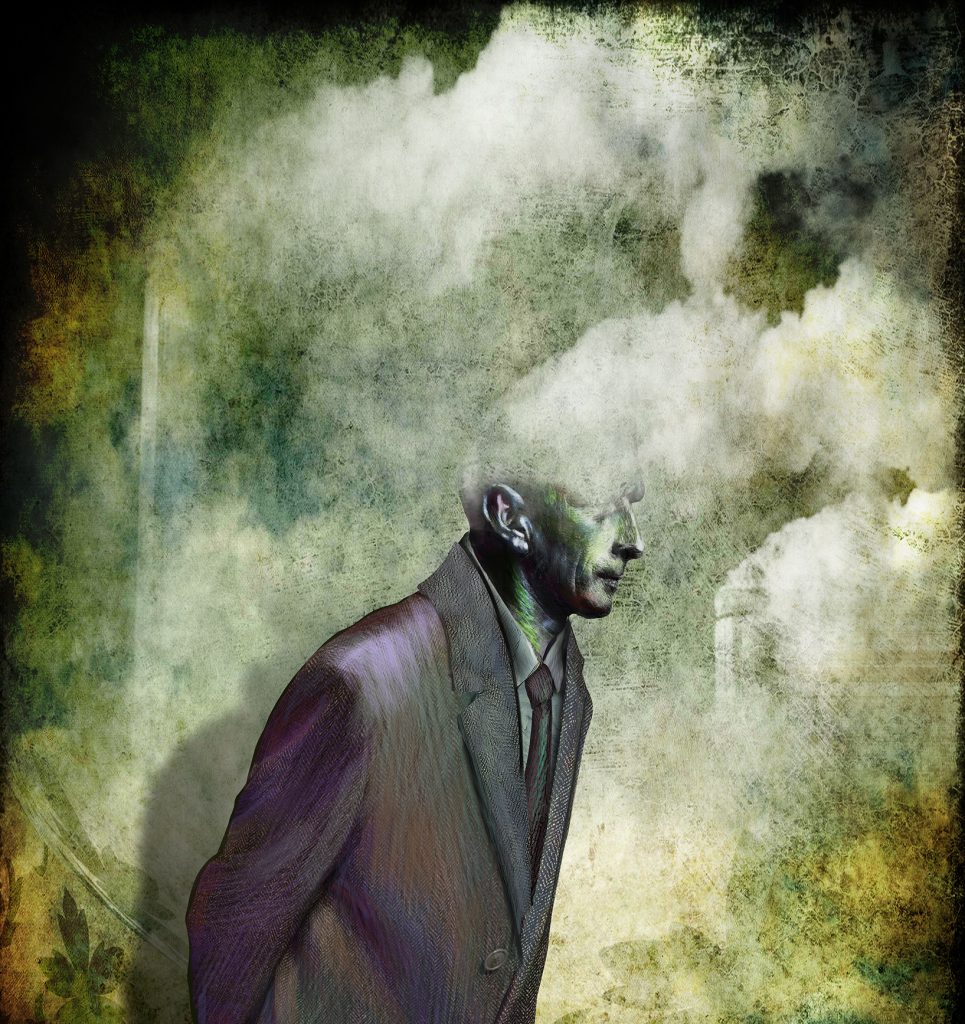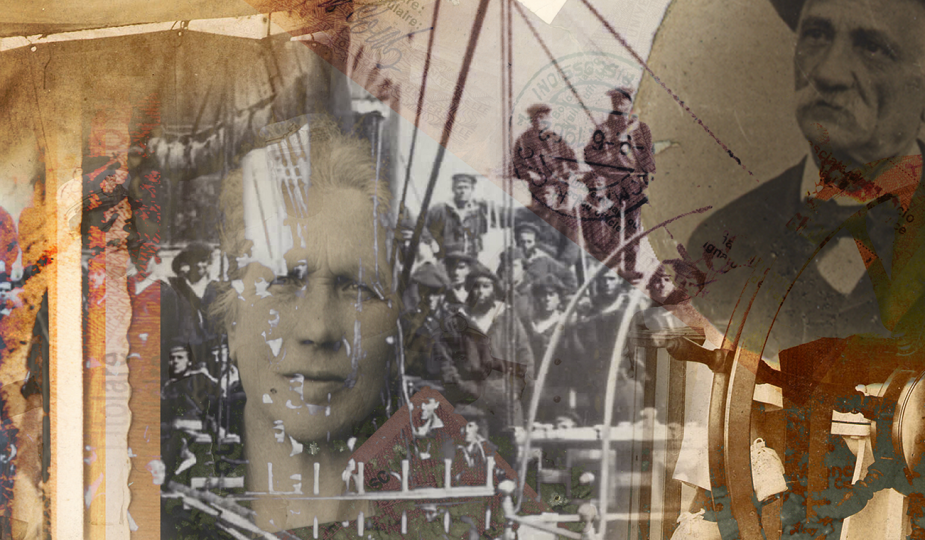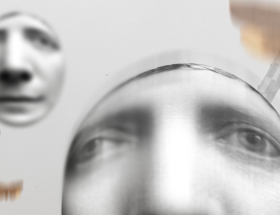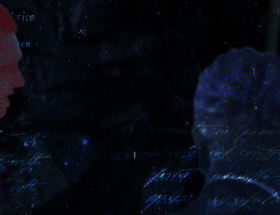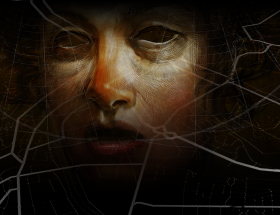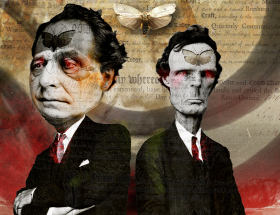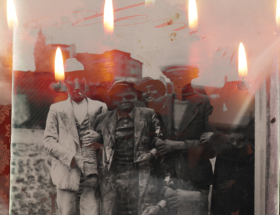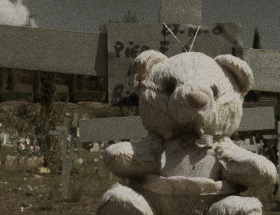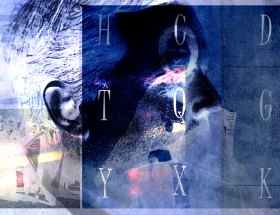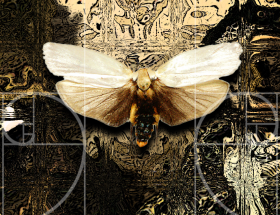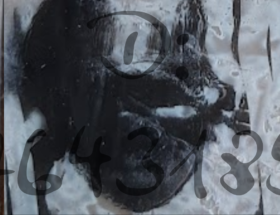Among the manifestations that we can consider indicative for the definition of paramnesia are those related to so-called unexpected knowing, an experience emerging in steps, in succession, present of its own, qualitative meaning. It happens that when in the exploration of a place, one comes to recognize environments, views, foreshortenings, buildings and whatever else produces self-narrative while unquestionably being in foreign contexts.
In unforeseen knowing, the understanding of the reknowned is expressed by diffusing itself in such depth that, any intimate conviction of estrangement, dissolves.
Hence arises a need for a shared sense of renewed and operative orientation. There arises that making of experience that we might understand as subsumed by the heritage of memories of the LAR.
Thus it happens that each path is an existential path, a macrosystem where the perspicuous vision of déjà vu prevails, moreover a vision more than ever current and never overthought.
Different may be the strategies of remembrance of “paths.” These are expressed in the territory in the form of passions, sufferings and joys. Remembrances play a function of milestones. Such and so many are the possible expressions assumed by signposts that, in the environment where the LAR is suspended in the form of Spiritus Loci, have predominantly a lattice-like structuring as they are shaped by different experiences. Lar, different from each other, but united by the territory they share. They are active pathways, different in conformation but all are diffusers of critical mass, so we receive as we inherit from the experience of unforeseen knowing.
The analysis of correlations between the process of recollection and depressive contexts seems to support the hypothesis of the existence of a link between random and foreign memories, dissociation and transliteration of the script of a narrative recollection that occurs in the depressive context.
The stages of nonlinear, multiple regression seem to indicate that dissociative experiences may, in some cases, predict paramnesic symptoms.
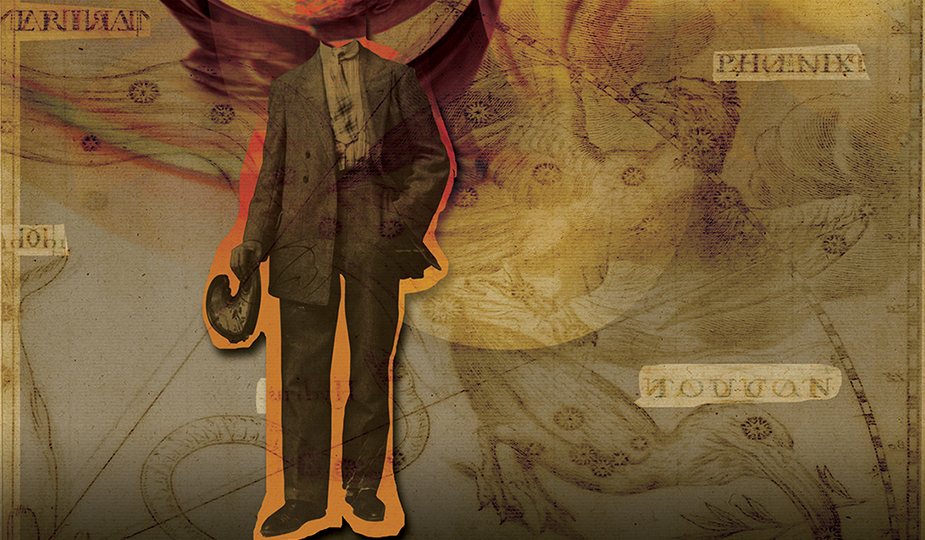
“Proceeding on their journey, they arrive at the river.
When the helmsman, from beyond the Stygian wave, sees them
Moving through the silent forest
Turning his foot to the shore, he assails them first
With words, shouting, “Whoever you are
Who approaches armed to our river, stop
Where you are and from there tell me why you come. Here is the place
Of Shadows, of sleep, of the night that sleeps…”
From: Eneide, Publio Virgilio Marone poem’s, VI, 479-490;
Thumbelina let them squeal, being sure that in any case they would get home; for he, on the way, had dropped along the way the white pebbles he had put in his pocket. “Do not be afraid of anything, my brothers,” he told them, “father and mother have left us here alone; but I will take you home: follow me.
From: Thumbelina. Tales of Mother Goose,1697, Charles Perrault
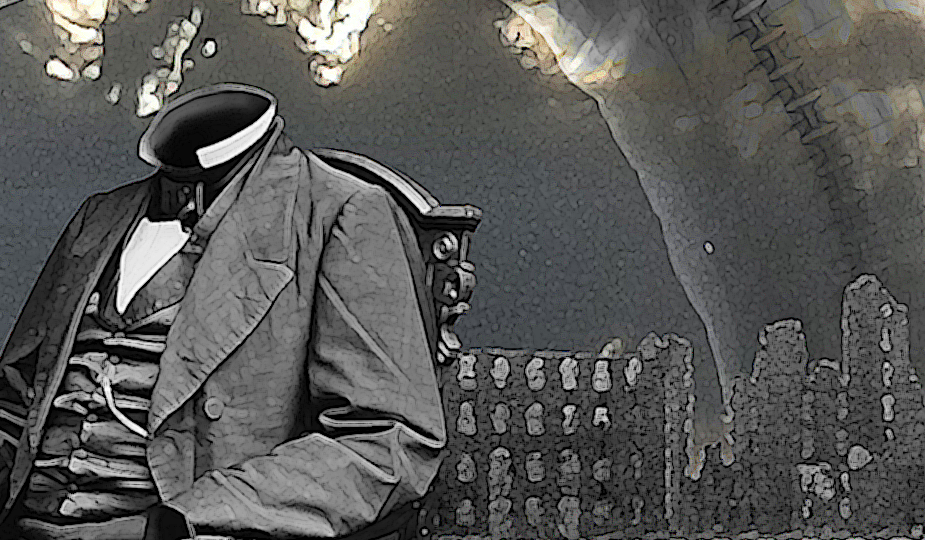
Through the perceived finding of a sense of familiarity, in places that open to unexpected memories, it is important to extend the exploratory action by pushing it to the limits of the active zone, of the “evoking” context, to grasp the exact boundary and to know clearly how far cognition is vivid and clear. The scope is, at times, explanatory even in its limit, not always shared, but rather, a source of contrast.
In shared environments, the exploratory experience of paramnesia, takes a diachronic evaluative approach. Regardless of the social and educational context, the paramnesic experience tests and formalizes diachronic pathways that, as we have seen, activate multidimensional narrative processes of memorization. A profoundly innovative experience where the mapping of territory is developed through past lives, dynamic atmospheric-sentimental layers.
